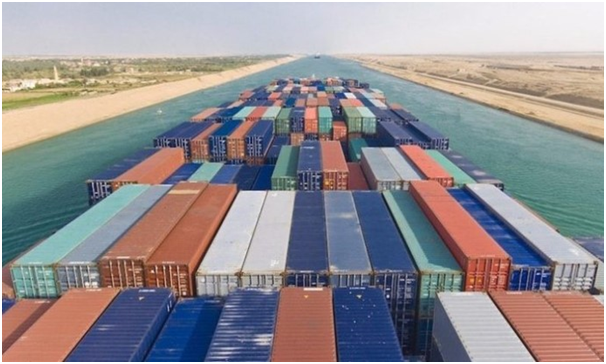
The analyst attributed the slide in rates to weak
demand that had prevented carriers from launching “serious GRI attempts for 1
March, ahead of the annual contract negotiations”.
As global rates on the headhaul routes, in the major
east/west trades had softened, so backhaul freight had also seen a decline as
US imports from Asia fell 3.7% in 2023, said Drewry container shipping
consultant Simon Heaney, slightly narrowing the trade imbalance as the much
smaller US export trade showed an increase of 3.1%. However, Heaney said that
container trade imbalances were best looked at through the seven regions,
Oceania, North America, Europe, Asia, Sub-Saharan Africa, Southeast Asia and
the Middle East and Latin America.
“Globally the
imbalance had increased slightly, according to Drewry statistics, from a ratio of 1.61 in 2022 to 1.62 last year, but in North America,
there was an improvement from 2.32 to 2.31,” said Heaney, but reflected that
both headhaul and backhaul trades were “fairly flat at the moment”.
The need to move
empty containers has grown significantly more than the need to move full
containers, with the back-haul trades growing 2½ times faster,”
wrote the analyst.
Dynamar analyst Darron Wadey, however, argued that
although empty box statistics were close to the 2021 highs the critical and
intense nature of the 2021 imbalance was not being replicated. “Despite the
similarities in size of the global imbalance, we are not experiencing anything
like the same mass hysteria of 2021 with everybody trying to secure apparently
scarce container equipment,” noted Wadey.
This year’s imbalance has softened considerably as the
key US imbalance, in all trades, has reduced considerably more than Europe’s
imbalance has expanded, he claimed. What is more the “total imports to these
two regions [Europe and the US] – the headhaul routes – are also smaller than
in 2021,” said Wadey. “In fact,
global cargo volumes have shrunk or maintained station since 2021. Yet, over
the same period, the container equipment fleet has kept growing.”
Dynamar statistics show that the container fleet
growth had surpassed container trade growth, having increased by 2.5% on
average for the last nine years.
“There should be sufficient flexibility within the
system, to service global demand for equipment and avoid a repetition of 2021’s
scramble for container boxes, and any extra costs related to any perceived
shortage,” concluded Wadey.
Meanwhile, Xenata’s Emily Stausbøll, reported,
“Similar to the fronthaul trades, spot rates on the backhauls have been
softening slightly in recent weeks as everyone adjusts to the new service
schedules and it seems more apparent there is enough capacity to manage this
demand.” Xenata’s backhaul rate analysis shows that both the Pacific and Asia
to Europe secondary legs have softened. Out of the United States, rates had
slipped to US$892 from US$933 high in January. The Europe to Asia trade, which has seen the biggest impact from the
Red Sea crisis, had declined from a January high of US$1,017 to US$926/FEU.